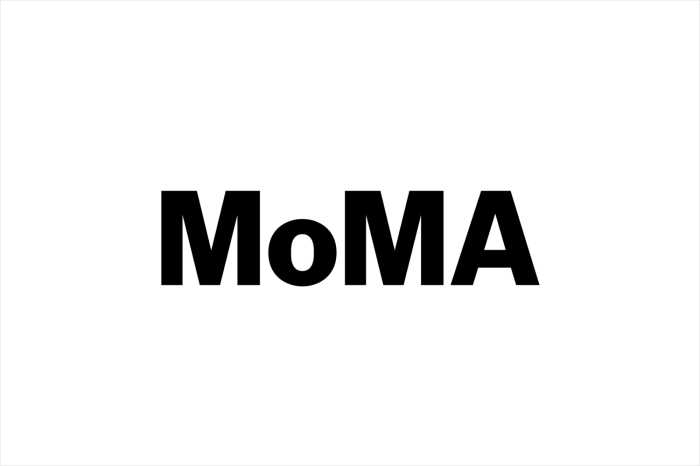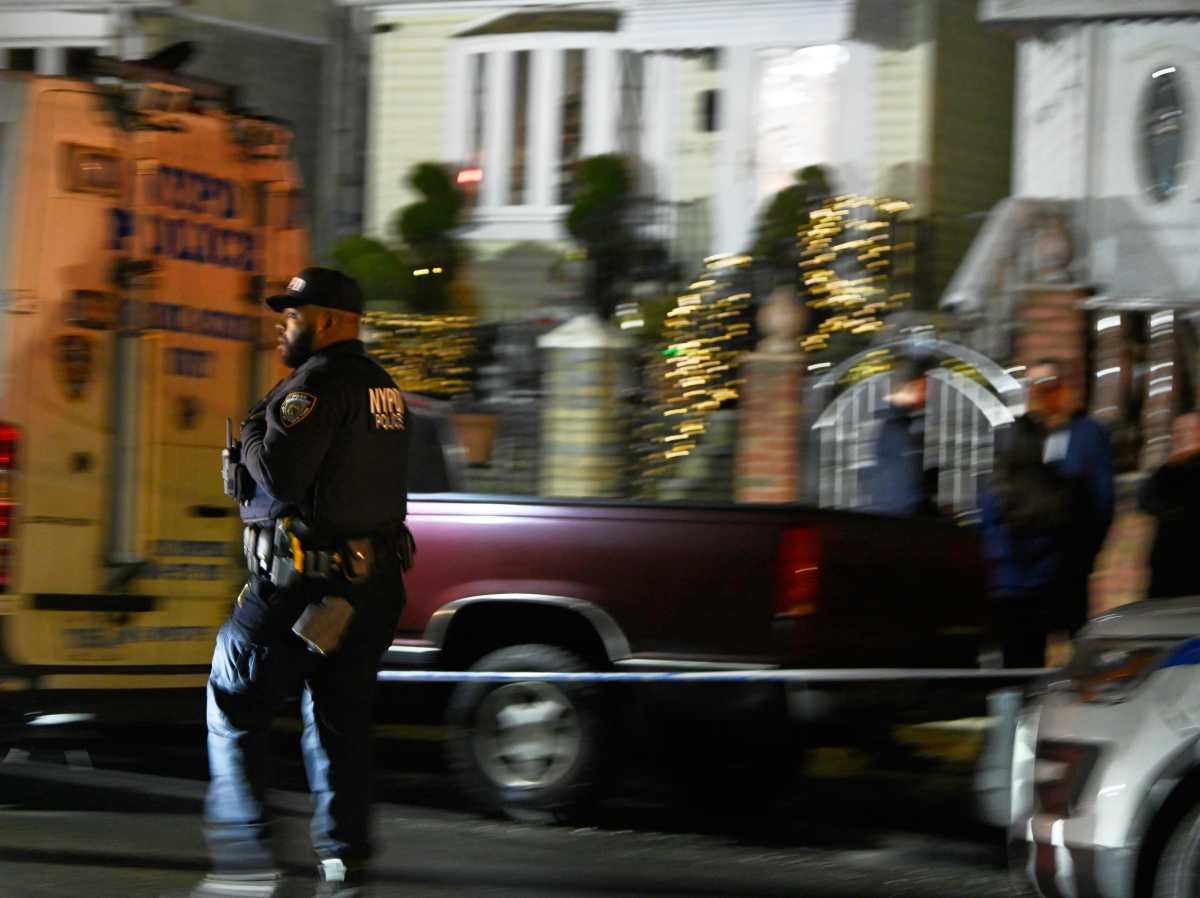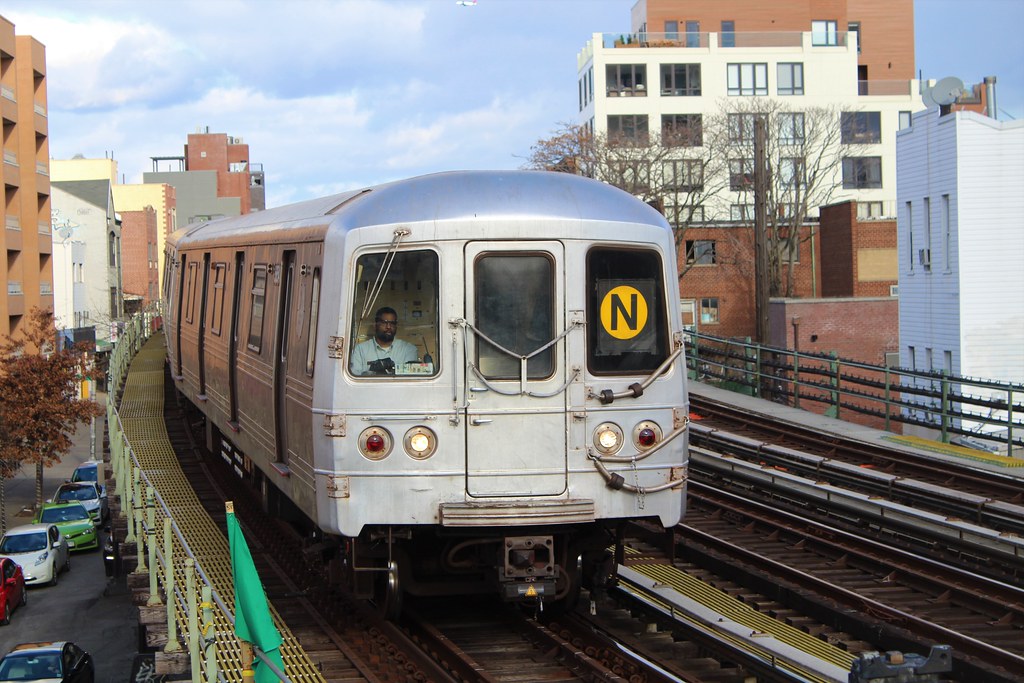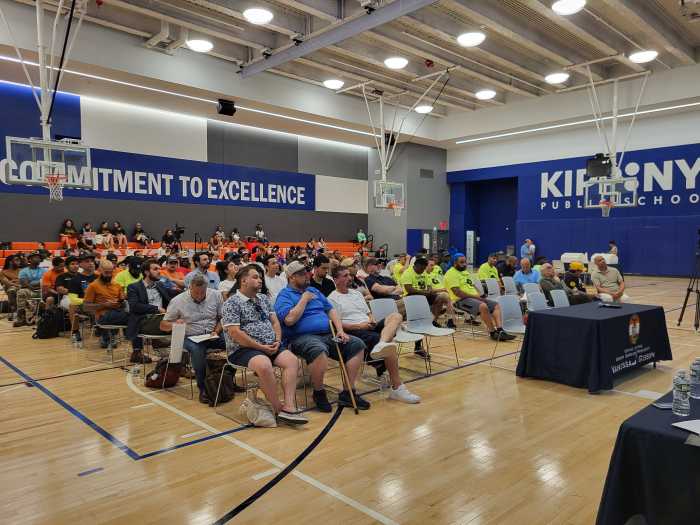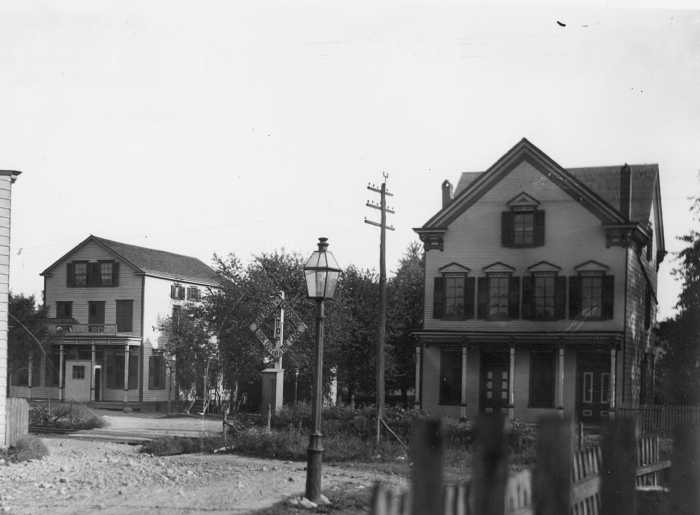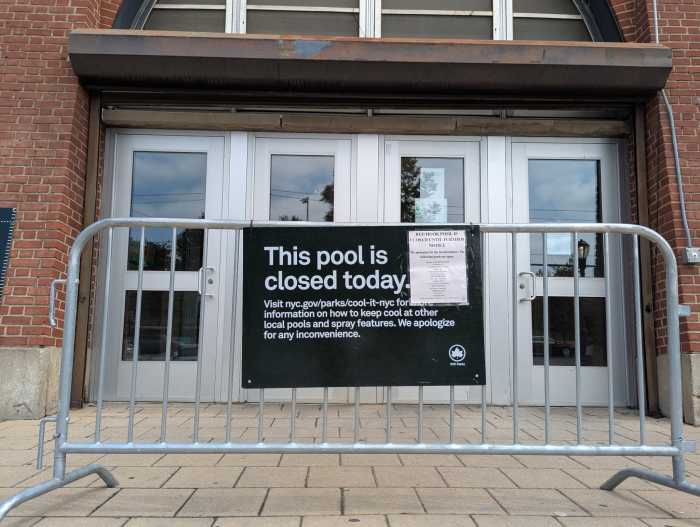By David Stanke
No redesign of the proposed Jets football stadium on the West Side of New York could make it as transparent as Mayor Bloomberg’s ulterior motives for supporting it. The mayor will pay dearly with taxpayers’ money to get the Olympics to New York. Early proposals for the stadium were simply a case of seriously flawed urban planning. But as layers of complexity have been peeled away, broader levels of financial rot have been exposed. Mike Bloomberg made his fortunes on the finance industry, as a provider of information. He has the financial sophistication and business sense that were supposed to distinguish him from career politicians. Instead, he is directly misleading the public about the costs of developing this stadium.
New York City taxpayers should be very concerned that public assets get transferred to private hands at what economists call “fair market value.” Anything less is a public subsidy of private enterprise. The proposed stadium would be built on a platform over Metropolitan Transportation Authority train yards, newly created waterfront property. It is difficult to determine fair market value of this asset. Comparable property sales do not exist. Beyond this, the transformative power of developing the train yards is so dramatic that all history of property values in the area will be obsolete.
Good governments ensure fair market values by putting properties up to open bidding, which the M.T.A. has finally agreed to do. The city defines the zoning, specifies any requirements such as levels of subsidized housing, and requests proposals from competing developers. In an ideal world, the city should select the qualified offer that generates the most money while meeting the stated objectives. With the M.T.A. property, however, the city is trying to price the land at its lowest possible value for sale to the Jets. They are then enhancing the value through government-sponsored investments in the area, like the extended 7 subway line.
The increased value generated from these investments is being handed over to the Jets.
The mayor has clearly tried to sidestep any possibility of establishing a market value for the property. The proposal for the M.T.A. property was predicated on development of the football stadium. It has been pushed forward at an emergency pace so that competing bids have no time to formulate. If the mayor is not trying to give the property to the Jets on the cheap, he is certainly not trying to get the best offer possible.
Cablevision has put up just such a competing bid, $600 million. The Jets have offered $100 million for property the M.T.A. estimates to be worth $330 million. These prices differ by orders of magnitude, not by differences in rounding. There are further complexities concerning the costs of preparing the property for development, but the Cablevision bid has clearly exposed an attempt to transfer public assets to private parties at below market prices. In short, New York taxpayers are subsidizing the Jets.
City Hall’s support for the stadium has clearly suppressed competing bids from qualified developers. For a developer to succeed in this city, they must stay on the right side of the major political decision makers. Every serious developer must know that derailing Bloomberg’s pet project would seriously hinder future opportunities. Only a direct opponent of the plan would even consider a competing bid. So the real market value remains concealed.
The mayor has criticized Cablevision, which owns Madison Square Garden, for having ulterior motives. But if M.S.G. has a good development plan for the city that will throw a couple hundred million extra dollars at the M.T.A., I don’t really care about any other motives.
The mayor’s financial analysis of the stadium project also ignores the principal of opportunity cost. The stadium plan has largely been sold and financially justified based on incremental tax revenue that will be generated by the stimulation of development in areas around the stadium. The mayor wants us to consider the advantages of a stadium over train yards. With this logic, Mayor Bloomberg specifically ignores the cost of building a stadium instead of pursuing alternative plans for the site. Remember, we are considering Manhattan Island real estate. It can always be developed with proper design of zoning rules. The real question the mayor should be asking is, “What type of development on the West Side will stimulate the most economic activity in surrounding areas?” I would rather live by a stadium than a train yard. But more important, I would rather live by a mixed commercial, residential development with a waterfront park than by a football stadium.
As an example, consider Mayor Bloomberg’s investment decisions prior to starting his Bloomberg financial empire. If he had taken his initial investment and put it in a fleet of ice cream trucks he could have started an ice cream empire. With good business moves and the right music playing from the trucks, he could be worth millions of dollars today. Ice cream trucks might seem like a good investment if we didn’t know that Bloomberg had another idea. Instead, he revolutionized the delivery of financial information to Wall St. and he is a billionaire. A man as smart as Mayor Bloomberg knows that you don’t judge an investment by how much it makes, but by how much other investments could make. So why is he trying to sell the stadium as if there were no other alternatives?
The irony of this situation has grown deeper with each passing week. The financial problems at the M.T.A. as a result of bad financial structuring have been exposed. The public transportation on which this city thrives will become more expensive. Needed expansions, like the Second Avenue subway line are at risk. The M.T.A. will need every asset at its disposal to modernize, expand and maintain reasonable fares. The city depends on this, far more than it depends on a stadium. And yet the mayor is telling the M.T.A. to sell its assets cheap to subsidize his stadium.
It has been rumored that City Hall might block progress at the World Trade Center site if Downtown politicians don’t support the stadium. The mayor believes that the stadium and the Olympics are more important than revitalizing the Financial District. And in a city with perpetual shortages of housing at all price levels, he believes that eight home games a year are more important than more residential buildings.
Leading the support of the project are the Jets, who get a waterfront home in the most lucrative market in the country for the price of a couple of player contracts, and the unions who will be paid to build the stadium. And only one person can stop it, Assembly Speaker Sheldon Silver. But to stop it, he has to stand up against not only the assault from City Hall, but also the personal financial power of one of this city’s wealthiest men.
In the 1990’s, Bankers Trust Company was prosecuted for selling financial instruments so complex that the customers could not understand what they were buying until it was too late. The investments blew up, and today that company is gone, purchased by a foreign bank and largely dissolved. But Mayor Bloomberg is using those same tactics to sell the city on a plan so complex that the average citizen could not figure out the extent of the public waste. The latest designs for the stadium have made it see-through, presumably, a less bitter pill for urban planners to swallow. Unfortunately, nothing about this stadium plan approaches transparency.
David Stanke lives across from the World Trade Center site and writes frequently about Downtown development issues.
WWW Downtown Express





